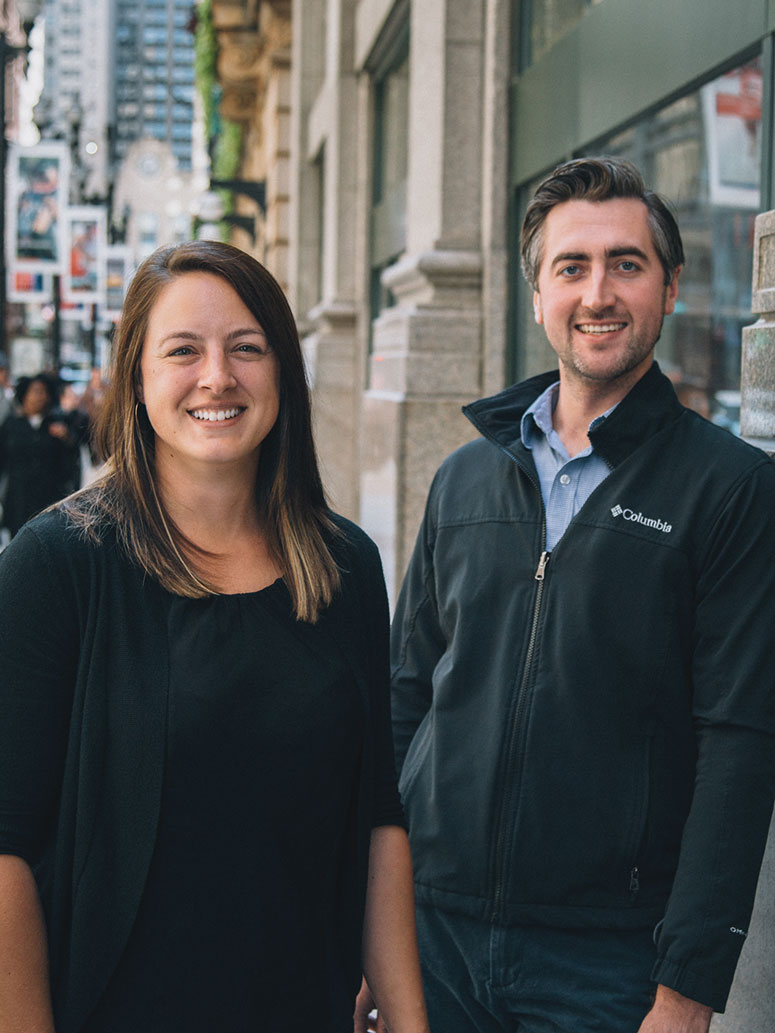Adults of a certain generation who grew up experiencing harsh winters in the United States may have chided their children with these infamous words: “When I was your age, I walked for two miles in the snow to get to school.” Kids living in the village of San Claudio, Nicaragua, however, will one day have the dubious honor of being able to tell their children, “When I was your age, during the rainy season I put my school supplies in a waterproof backpack and swam to school.”

Photo by: Scott Benbrook
Students in the IIT chapter of Engineers Without Borders and their mentors, Christine Freisinger (ARCE ’02) and James Lewan (ARCE ’06, M.A.S. STE ’08), are working to keep the Nicaraguan students on dry land as often as possible through a bridge construction project coordinated through EWB-USA and Boston-based FriendsNE. The bridge is being planned to span a “river” that appears during the rainy season, a period that runs from May through December, and will assist some 3,000 residents, including the children who must sometimes swim to class.
While actual bridge building has not yet begun, the EWB-IIT group has laid a strong foundation for the project, which will run through fall 2017. Through two assessments conducted in Nicaragua over the 2013 and 2014 spring breaks, EWB-IIT members learned that the water that pools during the rainy season is, in fact, a much more expansive floodplain than first anticipated and that building the bridge may not solve the real issue.
“At the point where the local rivers meet, a large amount of sediment and debris has piled up causing upstream flooding,” explains Lewan, noting that a channel cut into the floodplain would decrease the width of the water and the resulting length of the bridge. “The reason such a wide body of water forms is that the water can't drain.”
This year, EWB-IIT members submitted six bridge designs to the San Claudio community and are awaiting the results of local hydrologic studies before deciding which design to utilize. Lewan and Freisinger, both structural engineers at Wiss, Janney, Elstner Associates, Inc. (WJE Chicago), introduced the IIT students to bridge codes and loads specific to Nicaragua as well as the types of construction materials suitable for that part of the world before dividing them into six design teams.
“One of the students came up with a floating bridge idea that was worth exploring,” says Freisinger. “The students actually came up with cost estimates for each of the bridges and had the document translated into Spanish. They also made flip binders for distribution to the group in Nicaragua.”
Freisinger, named a 2014 Outstanding Young Engineer of the Year by the Structural Engineers Association of Illinois, and Lewan, who nominated his colleague for the award, have both been involved in EWB-IIT for two years and believe it is a natural progression of their positive experiences as IIT students. They tag-team the chapter-mentoring and technical-mentoring duties year-round, and have agreed to serve with EWB-IIT through 2017, even working with members on other potential San Claudio projects, including clean water filtration and improved cook-stove ventilation.
“We are both impressed by the IIT chapter. The students do a really good job at making this a priority while doing their coursework and extracurricular activities, even through midterms and final exams; it’s refreshing to work with students who are so interested in learning and who want to make the world a better place,” Freisinger explains. “This is what I enjoy most from my mentorship. I’m happy to be helping the people of Nicaragua, but I’m also helping to develop students into amazing leaders.”
One of these leaders is EWB-IIT Director of Projects Cara Karter (SEDP 3rd year), who conducted a baseline community study of residents’ needs in San Claudio.
“It was humbling for me to hear about their problems and needs, and to realize how much our presence in San Claudio has an impact on them,” says Karter, who learned about the children swimming to school during her conversations with the residents. “What will stay with me was seeing mothers universally caring about their children and wanting to see a better future for them.”